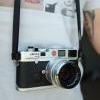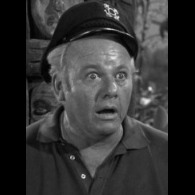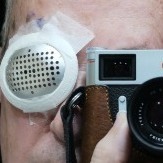Why push/pull film
-
Recently Browsing 0 members
- No registered users viewing this page.
-
Similar Content
-
- 38 replies
- 1,746 views
-
- 17 replies
- 1,806 views
-
- 164 replies
- 4,443 views
-
- 21 replies
- 1,273 views
-
- 36 replies
- 2,820 views
-




Recommended Posts
Join the conversation
You can post now and register later. If you have an account, sign in now to post with your account.
Note: Your post will require moderator approval before it will be visible.